Hned jsme si vzpomněl na scénu z Conana
Bronze swords, spears, jewellery and other objects in a 3,000-year-old Mycenaean tomb
Categories: Nálezy nejenom s detektorem v západní Evropě
At the end of last year, archaeologists found three bronze swords from the Mycenaean period. The discovery was made during excavations of a 12th to 11th century BC tomb on the Peloponnesian plateau of Trapezus. In addition to the unique swords, the tomb also contained numerous vases, necklaces, gold wreaths of the bucranas type, sealing stones, beads, glass and faience, gold and rock crystal.
The tomb was found above an ancient road in the Mycenaean necropolis of the ancient settlement of Rypes. Many chamber tombs were carved into the sandstone bedrock here during the First Palace Period. Archaeological evidence shows that tombs were repeatedly opened for burial rituals, older remains were reinterred or moved, and these customs were preserved until the end of the Bronze Age in the 11th century BC.
Most recently, researchers have focused on a rectangular tomb with three burials dating from the 12th century BC. The first layer of graves, decorated with amphorae with false mouths, contained bones from earlier tombs (14th century BC.) were moved with respect and great care to two superimposed places at the back of the chamber, which touched the walls of the tomb.
In addition to finds such as glass bead offerings and clay horse figurines, three bronze swords with still partially preserved wooden handles were also discovered in the tomb. Each of the swords is typologically a different category as Sandars D and E. In the typology, the Sandars D swords are described as "cross-headed" swords, while the E class are described as "T-hilt" swords. They date from the heyday of the Mycenaean palace period.
The discovery of these weapons is particularly important. Long spears from the same period have been found during excavations in neighbouring tombs. The necropolis on the Trapezium Plateau is distinct from the other necropolises in the Achaia area of the Peloponnesian peninsula. They highlight the direct dependence of the local community on powerful palace centres.
Excavation of the settlement further from the graves revealed part of a building, perhaps a castle. It is a wider rectangular room with a fireplace in the centre and pottery characteristic of the 17th century BC. The Mycenaean civilisation was the last phase of the Bronze Age in the Greek region. It lasted from approximately 1750 to 1050 BC. It represents the first advanced civilization of mainland Greece, especially for its advanced urban organization, works of art, splendid palaces, and writing system.
Roman Nemec
Sources: archaeology.org, heritagedaily.com, culture.gov.gr
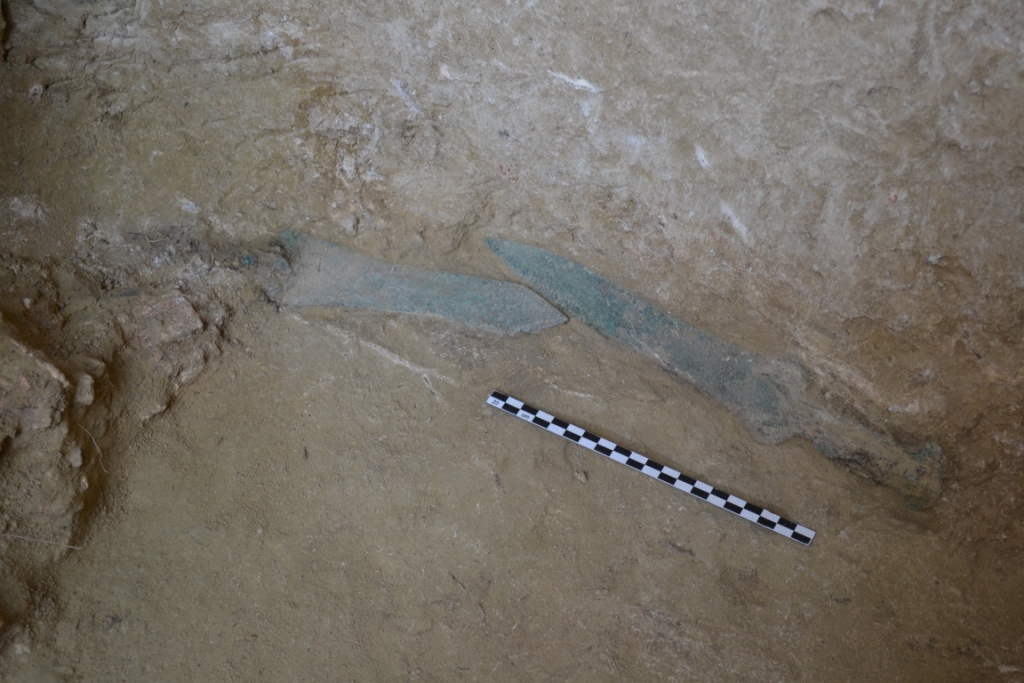
two of the three swords
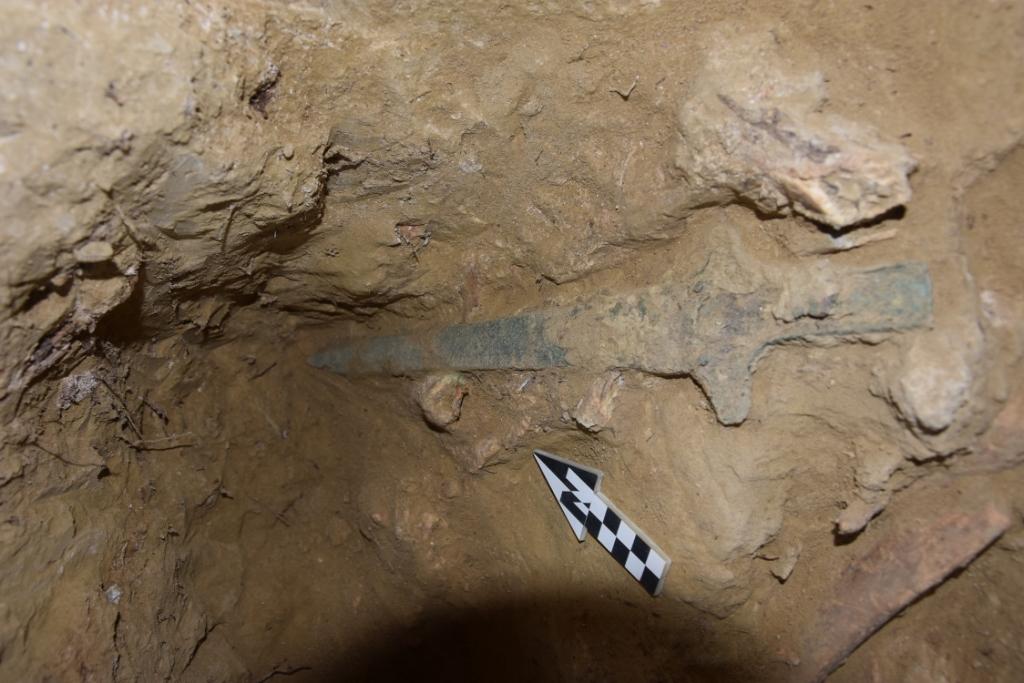
the greatest of the three swords
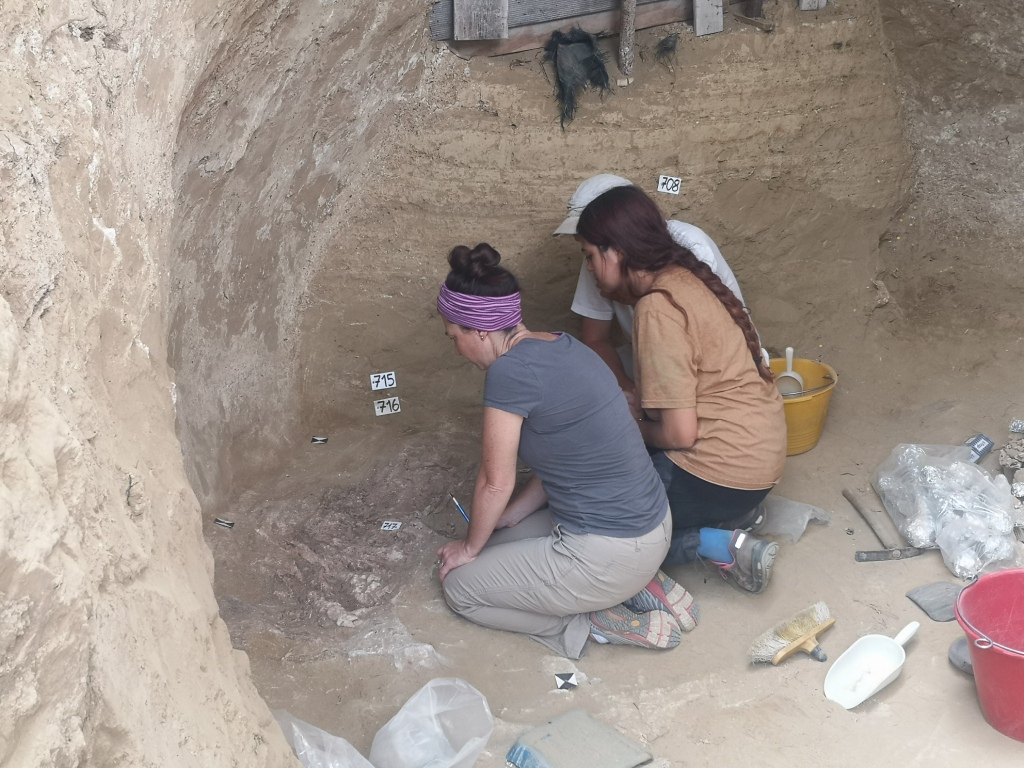
tomb exploration
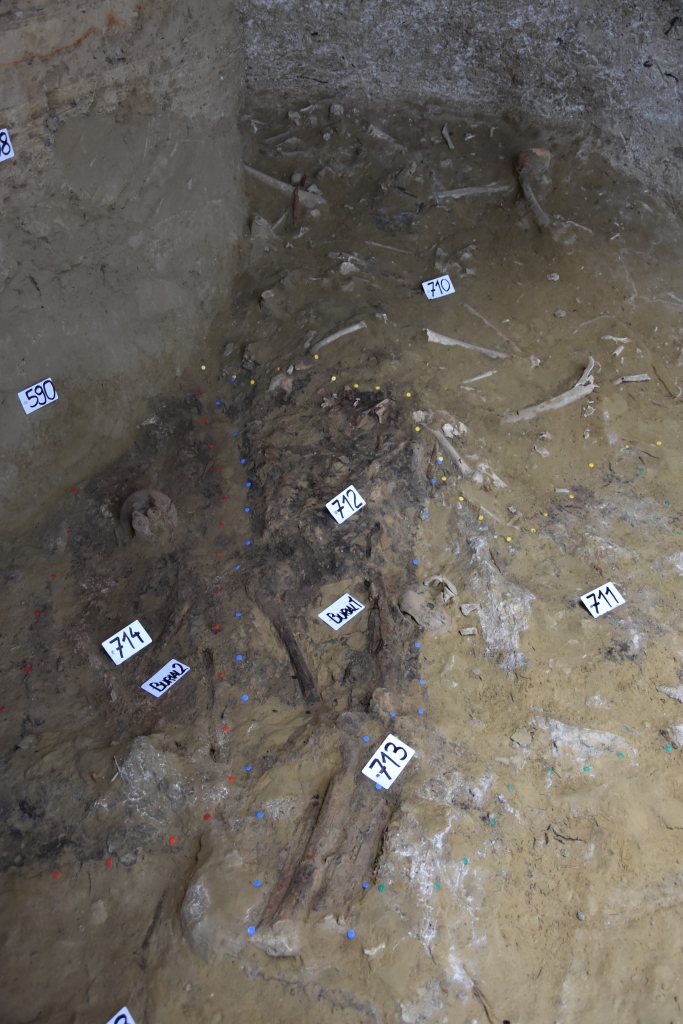
the burial bed in the chamber tomb
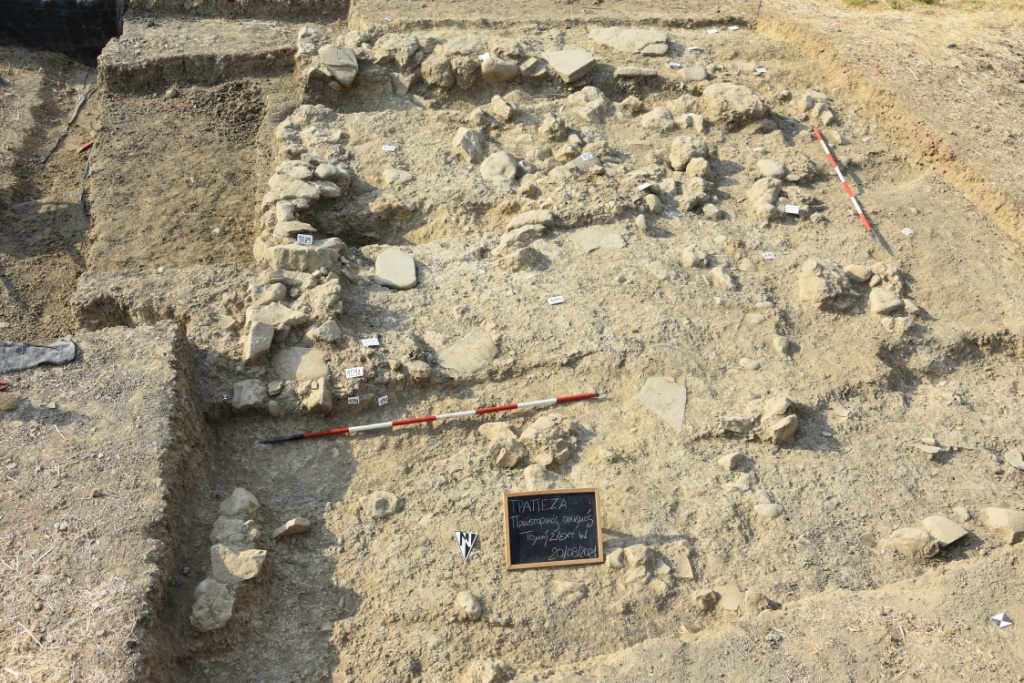
prehistoric room with a fireplace
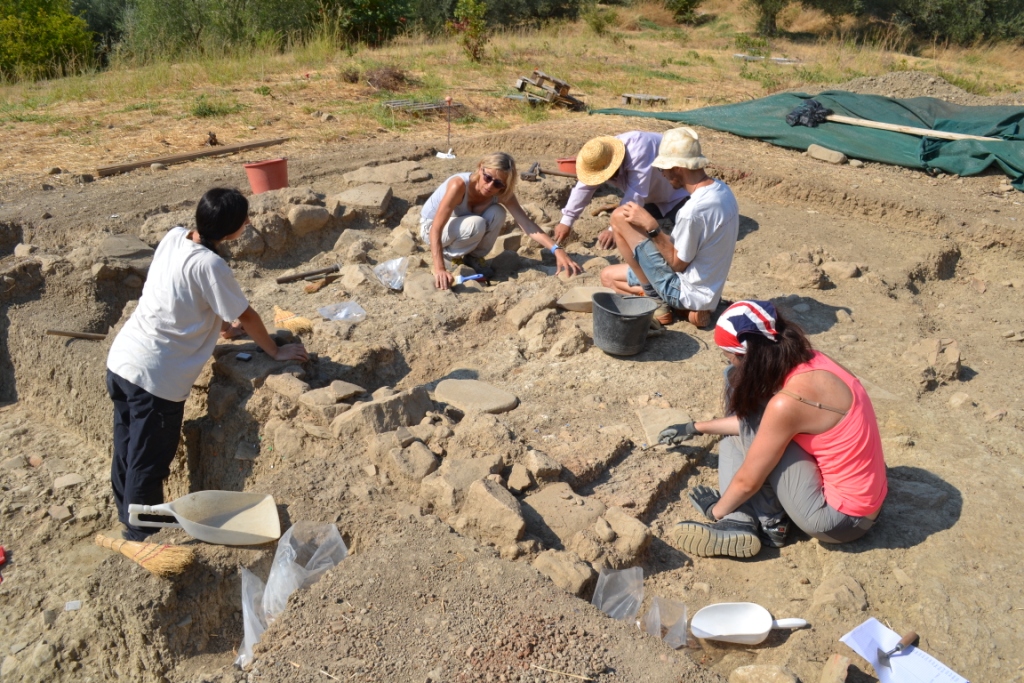
excavations
The article is included in categories:







